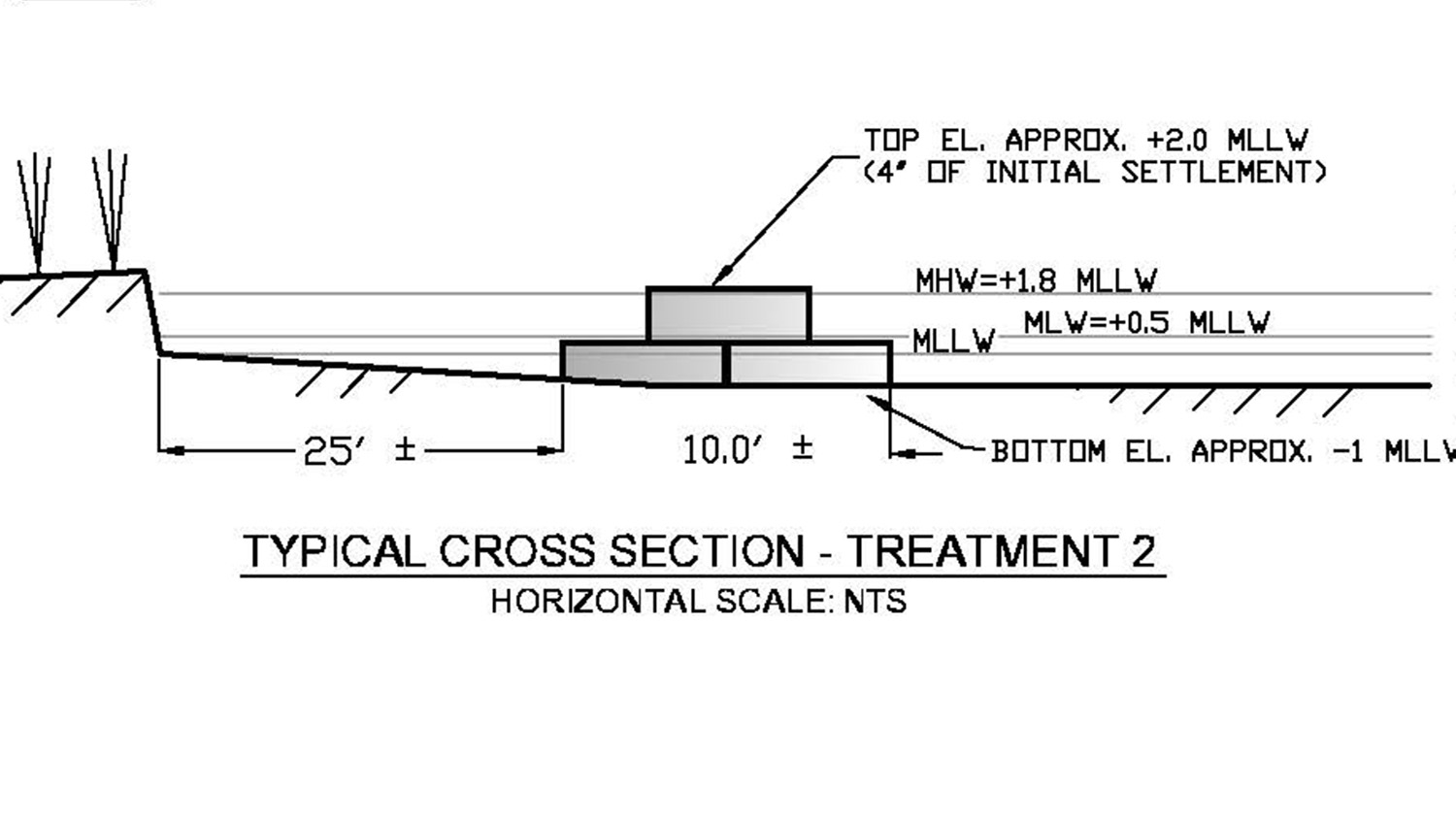How Living Structures Can Better Protect Our Coastline

Waves, tides, storms and hurricanes can all take a toll on the coastline, eroding the land and rewriting the shoreline. Those changes can put infrastructure and communities at risk. But researchers are rolling out new guidelines to help create more effective “living shorelines” that protect against erosion while improving environmental quality.
“Our goal was to lay out parameters that people need to consider when creating oyster reefs to limit coastal erosion,” says Matt Campbell, a Ph.D. student at North Carolina State University and co-author of guidance included in the forthcoming book Living Shorelines: The Science and Management of Nature-Based Coastal Protection. The book consists of peer-reviewed chapters that offer the latest research-driven information about creating and maintaining living shorelines.
“Traditional shoreline protection measures – such as seawalls and breakwaters – often protect one section of the shore, but can exacerbate erosion elsewhere or disrupt existing ecosystems,” says Campbell, whose expertise is incorporated in a book chapter on oyster reefs. “That’s why the field of ‘living shorelines’ – using living things to grow environmentally beneficial erosion control systems – are becoming more and more popular. In many cases, these projects consist of an oyster reef backed by marshland.”
“The need to protect coastal regions is becoming increasingly important,” says Steve Hall, an associate professor of biological engineering at NC State and lead author of the chapter on oyster reefs. “Populations and infrastructure are moving closer to the coast, even as coastal areas are facing more severe storms and other environmental challenges.
“Our chapter addresses fundamental and practical issues ranging from how to design oyster reefs to account for local conditions to where to place the reefs to what materials to use when constructing them,” Hall says.
In addition to slowing or preventing coastal erosion, oyster reefs offer several other benefits. For one thing, oysters – like all filter feeders – remove particulate matter from the water. This can make the water clearer, making it easier for sea grasses to grow. Filter feeding also removes nutrients from the water column, improving water quality.
What’s more, living oyster reefs will also release larvae, both expanding the reef itself and helping to repopulate oyster populations throughout the region. And because the oyster population grows over time, oyster reefs are capable of regenerating when damaged and growing toward the surface if sea levels rise.
“There’s a real need for this sort of practical guidance,” Campbell says. “A lot of living shoreline efforts have been done – at least in part – as research projects. Placement and design of the reefs are somewhat arbitrary, allowing researchers to observe installations to see how the reefs perform and interact with the surrounding ecosystems under a variety of circumstances. Those efforts have been hugely informative, but we now need to use this information to create functional living shorelines where possible.”
“We understand the coastal dynamics at play in these environments, and we understand the biology, so we are now outlining what needs to be done to design site-specific installations that have a much greater likelihood of surviving, thriving and serving as functional living shorelines,” Hall says.
The chapter, “Growing Living Shorelines and Ecological Services via Coastal Bioengineering,” was co-authored by Robert Byne and Jon Risinger of Louisiana State University and Tyler Ortego of OraEstuaries.
This post was originally published in NC State News.